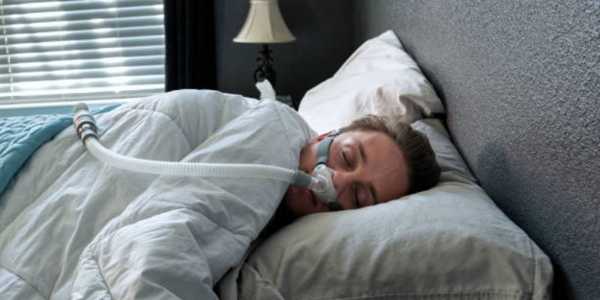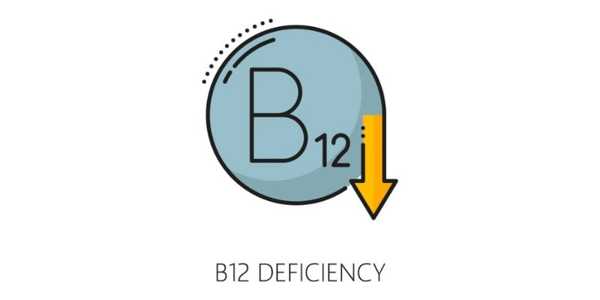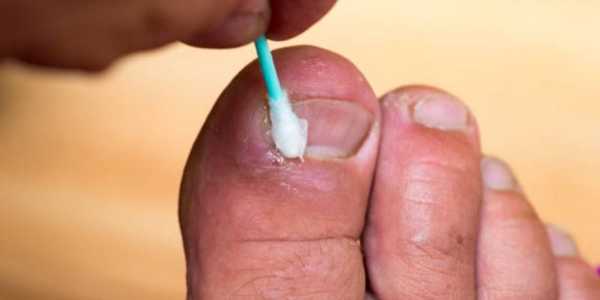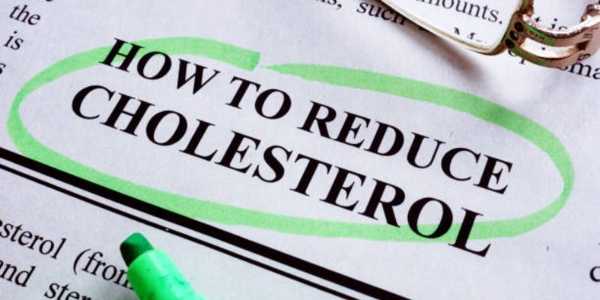Health Care

Asthma In Kids: Prevention Tips For Parents
Asthma in children has become one of the most common chronic health conditions among children of the contemporary era. Parents everywhere are seeing the condition interfere with sleep, play, and overall health.

Sleep Hygiene 101: Tips For Better Rest Tonight
A great night's sleep isn't a question of being tired so much as it is a question of powering brain function, emotional balance, and long-term health. And yet millions of individuals experience inadequate sleep without realising that habits within their daily routines are the cause.

The Shocking Truth About Long COVID Symptoms
COVID-19 started as a temporary sickness, but for millions of people, it never actually went away. Long COVID — a disease where symptoms persist weeks or months after the initial onset of infection — has become one of the largest health enigmas of this decade.

How CPAP Therapy Transforms Sleep Apnea Patients’ Lives
Imagine waking up every day feeling just as tired as when you went to bed. For millions of people living with sleep apnea, this is an everyday reality. Interrupted Breathing during sleep doesn't just rob rest—it can quietly disrupt heart health, mood, memory, and even shorten life expectancy. Luckily, treatment exists, and it's changing lives.

The Role of BiPAP Machines in Treating COPD
Chronic Obstructive Pulmonary Disease (COPD) is one of the leading causes of Breathing difficulties worldwide. For many, the challenge of simply getting enough air creates daily struggles. Traditional inhalers and oxygen therapy help, but when carbon dioxide builds up and Breathing becomes too taxing, BiPAP machines often step in as a critical part of treatment.

Depression Symptoms Often Mistaken For Laziness
When someone struggles to keep up with everyday tasks, society often brands them as “lazy.” In reality, what might look like laziness is sometimes a deeper internal battle with depression. This misconception is damaging, as it fuels stigma, delays proper diagnosis, and leaves people feeling ashamed of symptoms they cannot control.

8 Early Warning Signs of Prediabetes You Shouldn't Ignore
Imagine feeling tired all the time, constantly reaching for snacks, or noticing that cuts on your skin take forever to heal. These subtle signals, often shrugged off, could be pointing to a bigger health issue: prediabetes.

What Are The Differences Between Cold And Flu Symptoms
Ever wake up with a stuffy nose and wonder, “Is this just a cold—or could it be the flu?” The confusion is common because colds and the flu share several overlapping symptoms. But telling them apart is more than a matter of curiosity. Knowing the real difference between cold and flu symptoms can guide better treatment decisions, help prevent complications, and ultimately protect your health.

Recognising Signs Of Dehydration In Children
Dehydration in children can escalate quickly and quietly. A child who looks a little tired after play may actually be on the edge of mild dehydration. If dehydration progresses, the situation can become an urgent medical emergency.

Vitamin B12 Deficiency: Causes, Signs, And Treatment
Vitamin B12 deficiency is surprisingly common, yet often overlooked. Many people suffer from unexplained fatigue, brain fog, or nervous system issues without realising that low vitamin B12 could be the hidden culprit. Because this essential vitamin impacts nearly every cell in the body, the consequences of deficiency can be serious when ignored.

Smart Inhalers: Revolutionizing Asthma Care
Asthma impacts over 260 million individuals globally, with current statistics indicating approximately 260.48 million existing cases. In spite of advancements, asthma-caused deaths continue to be substantial (≈ 436,000 worldwide) and a majority of those take place in low- and middle-income nations.

Essential Health Tips for People With Sedentary Jobs
A sedentary job means prolonged sitting or minimal movement for much of your workday — think office work, remote computer-based roles, driving, call-center shifts, or any role with long seated hours.

Insulin Pump vs. Injections: Which Is Better for You?
Choosing how to receive insulin is one of the most important decisions a person with diabetes faces. Insulin therapy is essential for many people—especially those with type 1 diabetes and some with type 2—but how you deliver insulin can affect blood sugar control, daily life, costs, and risks.

Natural Treatments for Minor Burns: Home Remedies & Tips
A "minor burn" is typically a first-degree burn (involving only the epidermis, with redness and pain) or a small superficial second-degree burn (involving the upper portion of the dermis with minimal blistering).

How To Treat Minor Fungal Infections Naturally
Mild fungal infections are common, but they don’t have to be a mystery or a long battle. When caught early, natural strategies—combined with good hygiene—can often clear things up. This guide covers everything from identifying a fungal rash to choosing safe home treatments, supporting your body, and knowing when it's time to see a professional.

How to Manage Plantar Fasciitis Pain at Home: A Practical Guide for Relief
Plantar fasciitis can feel like a sharp, stabbing pain in your heel—especially with the first few steps in the morning. It’s uncomfortable and limiting, but for most people, it can be managed effectively at home.

How to Manage Menopause Symptoms Naturally and Effectively
Menopause marks the point when menstrual cycles stop permanently, typically after 12 consecutive months without a period. The average onset is between ages 45 and 55.

The Pros and Cons of Wearable ECG Monitors
In recent years, personal health technology has exploded—with smartwatches, fitness bands, and medical wearables entering everyday life. Among these, wearable ECG monitors draw attention because they promise to turn the wrist (or patch, or ring) into a window into one’s heart.

Natural Ways to Strengthen Bones as You Age
Aging is often associated with wisdom, experience—and unfortunately, gradual bone weakening. After the age of 40–50, bone density begins to decline, making fractures, osteoporosis, and mobility loss more likely. Given how painful and limiting bone breaks can become, it’s wise to focus early on natural, sustainable strategies to keep bones strong.

Proven Ways to Lower Cholesterol Without Drugs
A friendly reminder: cholesterol is not all bad. There are two main types — LDL (low-density lipoprotein), often called “bad” cholesterol, and HDL (high-density lipoprotein), the “good” cholesterol. When LDL builds up, it can clog arteries and increase the risk of heart disease and stroke; meanwhile, HDL helps carry excess cholesterol away from arteries to the liver for removal.